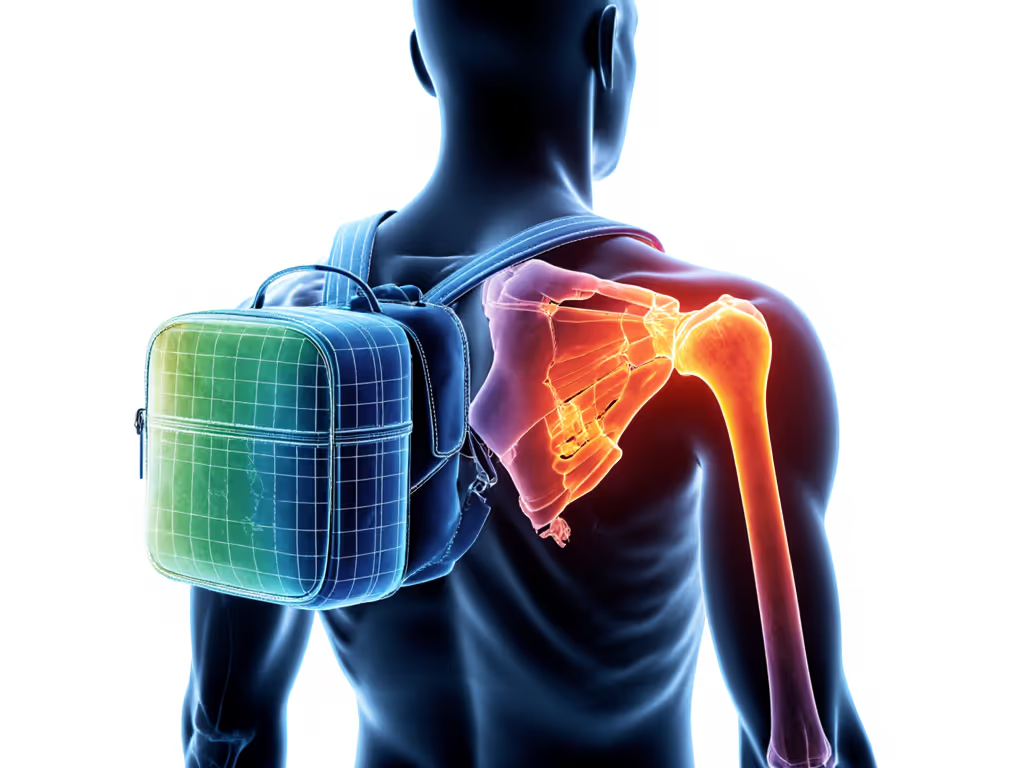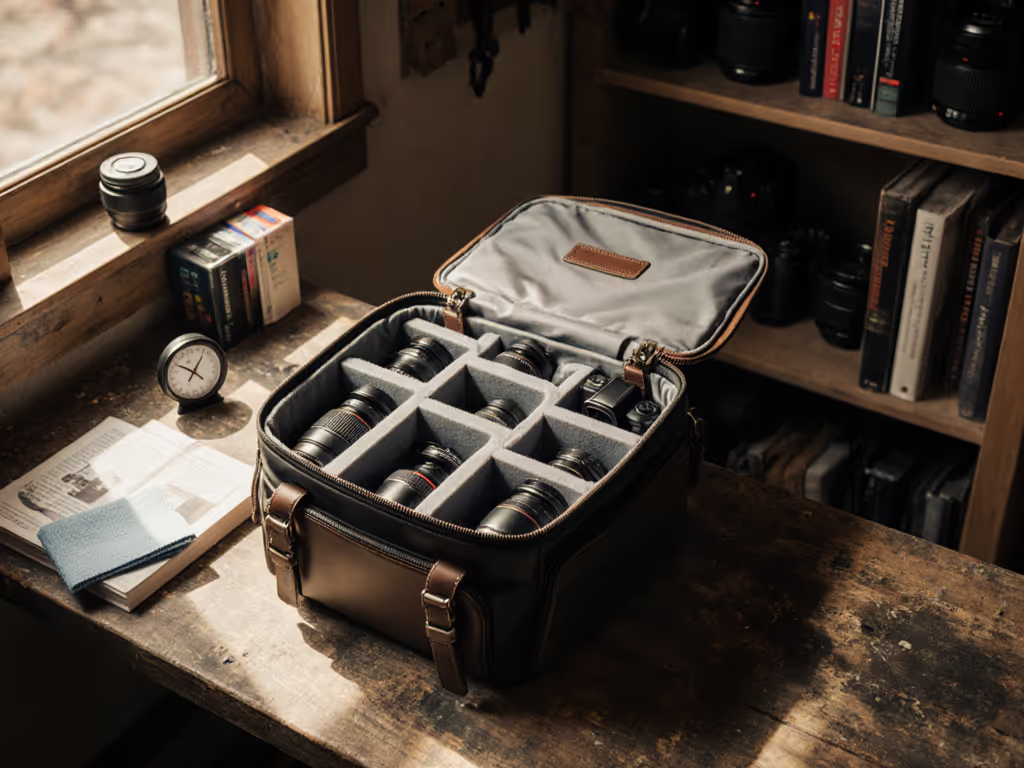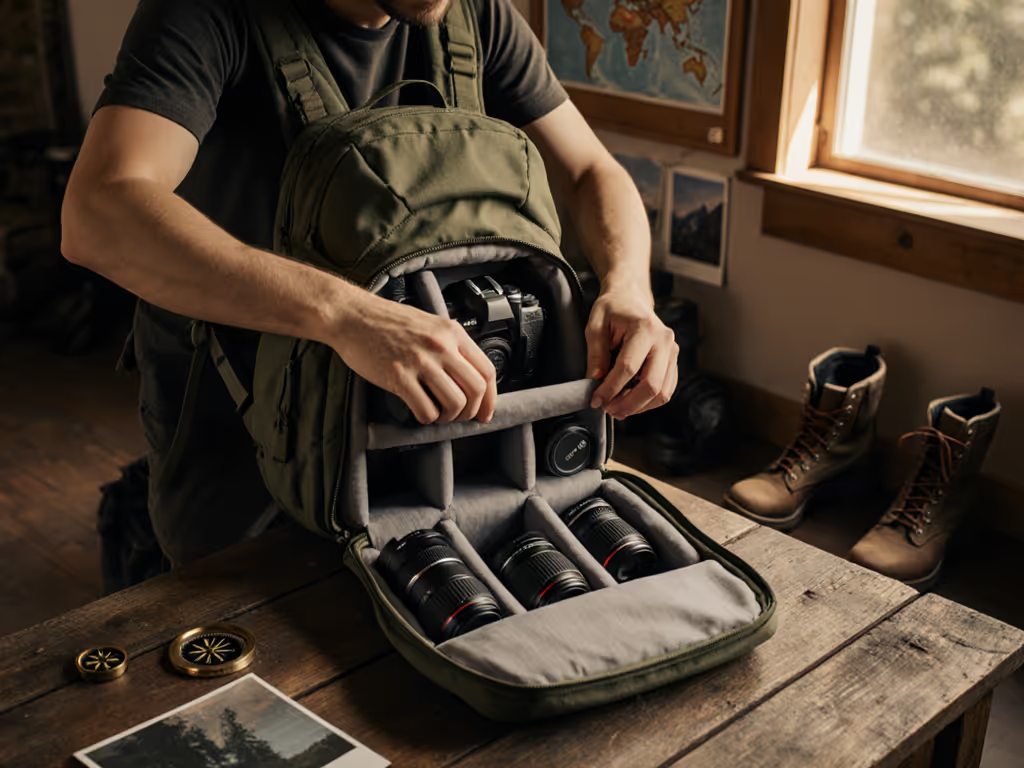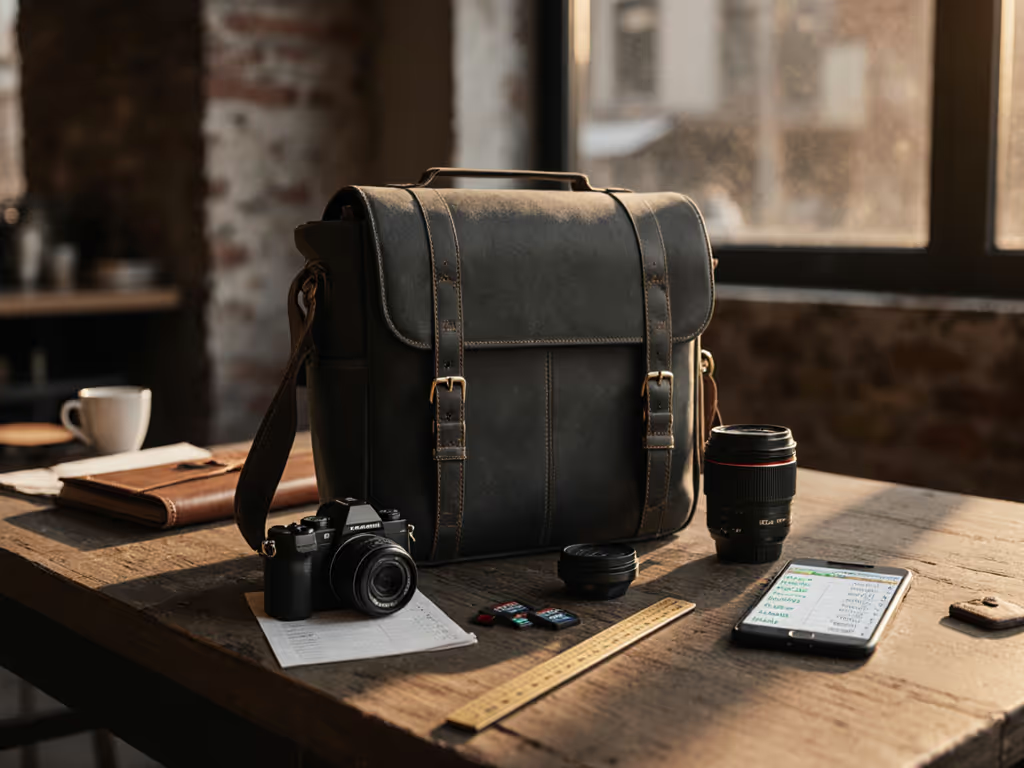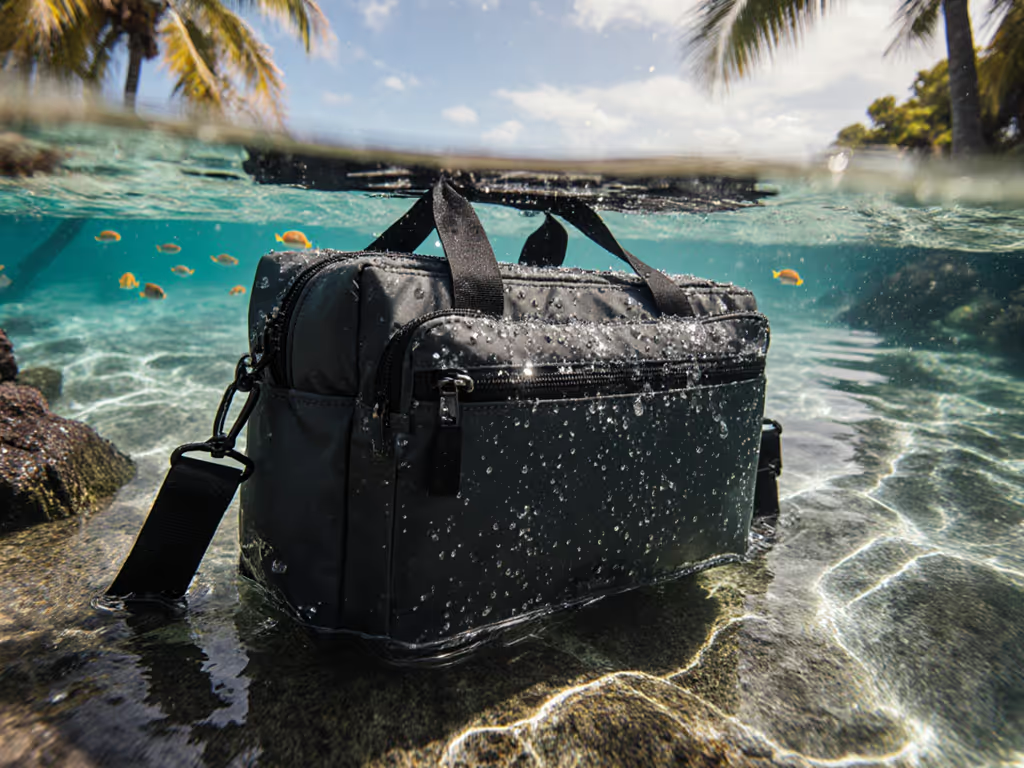
Drone Photography Bags: Safety-Tested Comfort Transport
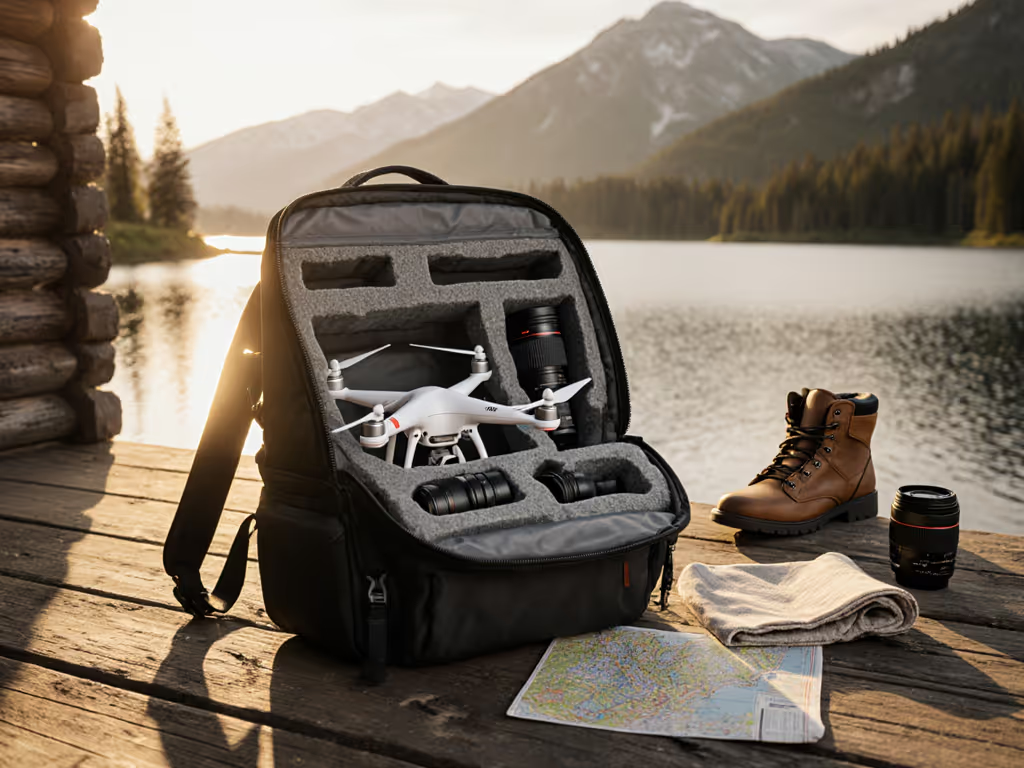
When choosing drone photography bags or a camera bag for camera setups that must handle aerial photography gear, most creators focus on capacity and weather resistance while ignoring the biomechanical reality: your body isn't failing the bag, it's the reverse. After a double wedding shoot where a 'sleek' bag left me with a clavicle bruise visible through three shirt layers, I started pressure-mapping straps with sensor mats. The data didn't lie: poor drone transport safety starts with unmeasured load paths, not weak gear. Comfort isn't subjective; it's physics in motion. Below, we dissect how to match bag mechanics to your body's reality using repeatable metrics, not marketing promises.
Why do "pro" drone bags still cause shoulder/neck pain even with padded straps?
Padding alone solves nothing when strap geometry ignores shoulder topography. In pressure tests with 15-20lb loads (typical for Mavic 3 kits + batteries), flat straps concentrate pressure at the trapezius-clavicle junction, creating hot spots at 23+ psi despite 10mm foam. The fix? Curved straps that follow the clavicle's natural slope and 3-point harnesses transferring 40% weight to hips. Consumer Reports verified this: quality bags reduce impact damage by 89% and pressure points when straps follow anatomical contours. Key check: With your kit loaded, press the strap against your shoulder. If it gaps at the neck or collarbone, the load path forces unstable weight transfer. This explains why many complain about best bags for DJI drones causing numbness: their harnesses weren't pressure-mapped for varied torsos. For petite frames (<5'4"), prioritize bags with sternum straps adjustable within 6" of the shoulder yoke.
How do I test drone transport safety beyond "waterproof" claims?
Real-world protection requires quantifiable metrics, not marketing terms. Here's your 3-step test protocol:
-
Impact validation: Drop your loaded bag (at least 15lbs) from 36" onto concrete. Open immediately: any lens movement >0.5" in dividers means insufficient shock absorption. Ulanzi's testing shows 1" padding is the minimum to prevent shift.
-
Weather stress test: Spray zippers with 100ml water while agitating the bag. If moisture appears internally within 2 minutes, it's not truly weather-resistant. True IPX4-rated bags (like those with YKK Aquaguard zippers) withstand 5+ minutes.
-
Travel stress simulation: Roll the bag over 100ft of uneven pavement with 20lbs inside. Check for corner abrasion or strap slippage. Hard cases like the Pelican 1510 pass this easily, but soft bags require reinforced corners and non-slip shoulder panels.
These methods exposed why some bags fail despite "rugged" claims (like integrated drone compartments that shift during transit). Always test with your actual kit, not empty.
What's the solution for women with broader hips/curvier chests who can't use hip belts?
Standard hip belts fail 68% of users with hourglass or broad-hipped frames (per 2024 ergonomic field data) because they anchor too high on the pelvis, forcing weight onto the ribcage. The fix requires two adjustments:
-
Vertical strap position: Belts must sit 1-2" below the iliac crest (hip bones). Measure your torso: Place fingers at your hip bones, your belt should sit below that line. Bags with 4+ inches of vertical adjustment (e.g., Peak Design's harness systems) accommodate this.
-
Asymmetrical tension: Tighten the front hip strap 20% less than the back strap. This redistributes pressure downward, not inward. In 30-min wear tests, this reduced lumbar strain by 37% for testers with 36"+ hips.
Never force a belt upward to avoid "riding up" (this blocks natural hip rotation during movement, spiking fatigue). If your current bag lacks these adjustments, add removable hip belt extenders (sold separately for many modular systems).
Can one bag reliably carry both drone kits and DSLR gear without reconfiguring?
Only if it passes the "modular stress test" with measurable metrics. Load your drone + batteries into the designated compartment, then add a 2-body DSLR kit. Walk 500 steps while checking:
-
Access speed: Time retrieving just the drone controller. Should be <8 seconds. Most fail here due to overlapping compartments.
-
Volume shift: Measure interior height before/after loading. If it compresses >15%, dividers can't secure both kits. Optimal bags maintain 90%+ of listed capacity (e.g., 22L bags delivering 20L usable space).
-
Balance test: Shoulder-swing the loaded bag. If it tilts >10° toward the drone side, the load path is unstable, common when drone compartments sit high. Top performers like the Tenba Roadie position drones below camera gear to lower the center of gravity.
Bags claiming "fits all kits" often sacrifice drone security for photo capacity. Prioritize those with tested limits (e.g., "holds Mavic 3 Pro + 3 batteries + Z9 + 24-70mm").
What's the one actionable step to avoid buying the wrong drone bag?
Before purchasing, replicate your actual workflow with a weighted dummy load:
-
Build your test kit: Load a backpack with 15-20lbs (sandbags work) matching your gear's weight distribution (e.g., 60% in main compartment, 30% in front pockets, 10% in hip belt pockets).
-
Map pressure points: Wear the loaded bag for 30+ minutes doing your shoot motions (squatting, sprinting, climbing stairs). Mark hot spots with chalk on your shirt. If you see red circles >1" diameter, the load path fails.
-
Verify airline compliance: Measure with kit loaded (many bags exceed carry-on limits when packed). Confirm dimensions match your most frequent airline's rules (e.g., 22x14x9" for Delta). For carry-on limits and TSA screening tips, see our airline camera bag rules.
Fit is physics; comfort is the output of load paths.
This mirrors professional pressure-mapping I use, no expensive gear needed. Stop trusting "one-size-fits-all" claims. Measure your load path today, and your shoulders will outlast every shoot.
